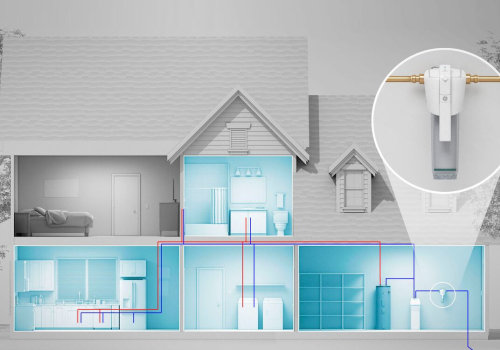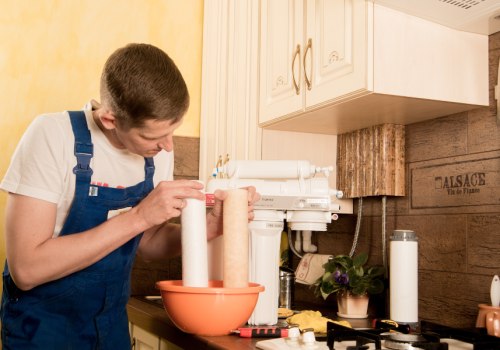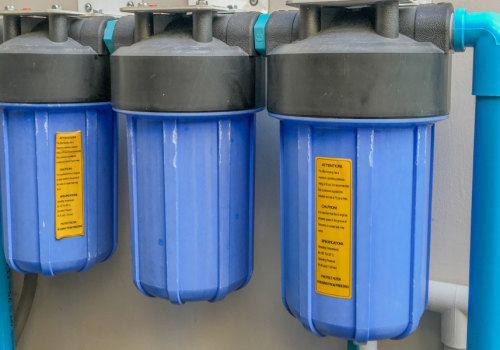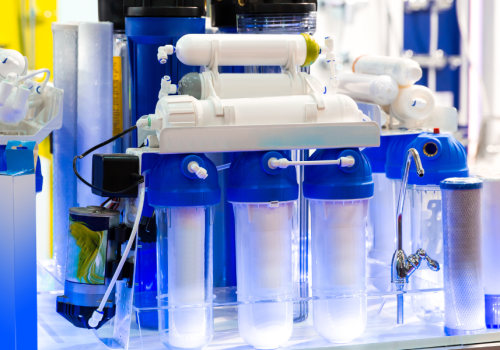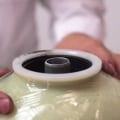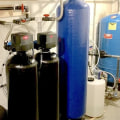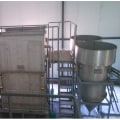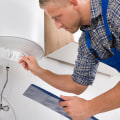Maintaining your countertop or pitcher-style water filtration system is essential for ensuring that you have access to clean, safe drinking water. It's important to remember to remove and set aside the filters before washing them, as instructed by the manufacturer. Generally, filters should be changed every two months or 40 gallons, whichever comes first. This is because filters can become clogged with particles, and the activated carbon in the filters that traps flavors and odors has a limited capacity to absorb them before it stops working.
Most jugs with water filters can be washed by hand with hot water and soap, making sure to thoroughly rinse the jug so that no soap residue is left. They can also be washed in the dishwashers, but the filter should never be cleaned with soap. Some companies make water jugs with filters that add nutrients as tap water passes through. Compounds and chemicals such as zinc, chlorine, and hydrogen sulfide can cause water to taste metallic or smell like wastewater.
To save money, you can use a Brita jug or other filter jug instead of bottled water. Most of the water jugs we tested can and should be cleaned like any other plastic kitchen appliance every few weeks. Despite conflicting research on the subject, some people attribute health benefits to more basic (or alkaline) water. To find out exactly what's in your supplier's water when it leaves the plant, you can usually find the local supplier's EPA-required Consumer Confidence Report online.
In addition, contaminants can enter the water after the water leaves the treatment plant, infiltrating leaking pipes or seeping through the interior walls of some pipes. To operate a typical water filter jug, you simply pour water from the tap and let it drip to the bottom, where it is ready to be poured and consumed. If you notice that water is slowly coming out of the jug, it's likely that the filter is clogged and it's time to replace it. Filtration slowed down a bit during the 40-gallon life of the Pur Lead Reduction filter, but it wasn't completely clogged.
The obstruction of Pur filters has been a problem due to fine bubbles and possible sediments, which can be trapped in the filter medium and prevent water from passing through.

